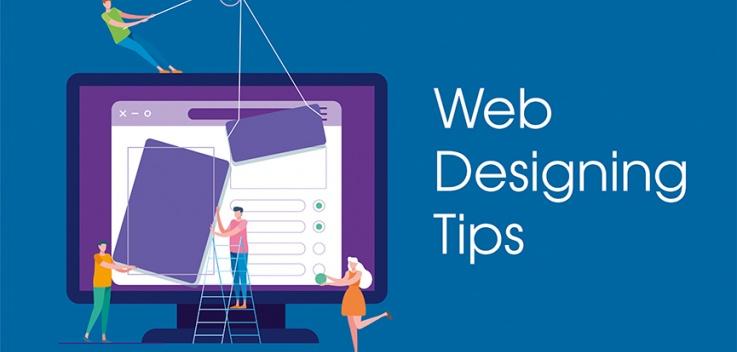
Moving from Michigan to Texas can feel overwhelming. However, with the right plan, it becomes easy and manageable. This blog offers straightforward tips to help you move smoothly and settle quickly. If you want to avoid stress and delays, these expert insights are your guide for a successful move from Michigan to Texas.
Why Moving from Michigan to Texas Requires a Solid Plan
Moving across states means facing numerous challenges. Moving from Michigan to Texas covers over 1,200 miles. This long-distance demands good organization. Without a clear plan, you may face delays and extra costs.
Planning early gives you time to find trusted movers, pack carefully, and prepare your travel route. It also helps you adjust to the new environment. Texas’s climate and lifestyle differ significantly from Michigan’s, so planning makes the transition easier.
Setting a Timeline for Your Move
Create a timeline to organize your move from Michigan to Texas. Here’s an easy timeline to follow:
- 8 weeks before: Research moving companies or truck rentals. Ask for quotes and check reviews.
- 6 weeks before: Declutter your home. Decide what to keep and what to donate or sell.
- 4 weeks before: Confirm your moving company or truck rental. Notify your landlord or prepare your Michigan home for sale.
- 2 weeks before: Pack most of your items, leaving essentials for last—schedule utility shut-offs in Michigan and start-ups in Texas.
- Moving week: Pack your essentials box and finalize travel plans.
This timeline helps keep you on track.
Choosing the Best Moving Method
Decide how to move your belongings. Here are popular options for moving from Michigan to Texas:
- Full-service movers: They pack, load, transport, and unload your items. This is the easiest but costs more.
- Truck rental: You drive the truck yourself. This is cheaper but requires more work.
- Shipping containers: You pack a container, and the company ships it to Texas.
- Freight trailers: You share space in a trailer with others and pay by volume. This option saves money for smaller moves.
Select the option that fits your budget and schedule.
Decluttering: Lighten Your Load Before Moving
Decluttering reduces what you carry and saves money. Follow these steps:
- Donate clothes, furniture, and items you no longer use.
- Sell valuable belongings online or at a garage sale.
- Recycle or throw away broken items.
Less stuff means easier packing and lower moving costs.
Expert Packing Tips for a Safe Move
Packing well protects your belongings. Use these tips for your move from Michigan to Texas:
- Use small boxes for heavy items, such as books.
- Wrap fragile items in bubble wrap or towels.
- Pack clothes in suitcases or wardrobe boxes.
- Label each box by room and content.
- Keep important documents and valuables with you at all times.
- Pack an essentials box for your first days in Texas.
Start packing early, focusing on things you don’t use daily.

Managing Your Moving Budget
Moving from Michigan to Texas comes with costs. Key expenses include:
- Moving company or truck rental fees
- Packing materials like boxes and tape
- Travel costs such as gas, food, and lodging
- Insurance for your belongings and vehicle
- Utility deposits and new service setups in Texas
You can reduce costs by decluttering and booking services early. Always compare multiple quotes.
Preparing Your Michigan Home for Departure
Before leaving Michigan, clean and repair your home. If you are renting, please notify your landlord by the terms of your lease.
Schedule utility disconnections for water, electricity, gas, and internet. Confirm the final bills.
These steps ensure a smooth move-out and help avoid last-minute issues.
What to Do After Moving to Texas
Once in Texas, complete these tasks:
- Register your vehicle within 30 days.
- Get a Texas driver’s license within 90 days.
- Set up utilities like water, electricity, and internet.
- Find new healthcare providers and pharmacies.
- Enroll children in local schools.
- Update your address with banks, employers, and government agencies to ensure accurate records.
Explore your new community to feel at home.
Benefits of Moving from Michigan to Texas
Many choose Texas for these reasons:
- No state income tax in Texas
- Lower housing costs compared to Michigan
- Warmer climate year-round
- Growing job market and economy
- Diverse culture and plenty of outdoor activities
Knowing these benefits makes your move more exciting.
Moving the Checklist from Michigan to Texas
Use this checklist for a smooth move:
- Choose your moving date.
- Research and book movers or truck rentals.
- Declutter and donate unwanted items.
- Gather packing supplies.
- Start packing non-essential items early.
- Notify your landlord or sell your Michigan home.
- Update your address with important contacts.
- Schedule utility shut-off in Michigan and start-up in Texas.
- Pack an essentials box for the first days.
- Confirm moving details one week before.
- Plan your travel route and accommodations.
- Register your vehicle and get a Texas driver’s license.
FAQs About Moving from Michigan to Texas
Q: How far is the move from Michigan to Texas?
A: The distance is around 1,200 to 1,400 miles, depending on your exact location.
Q: How long does the move take?
A: Driving takes about 17 to 20 hours. Movers may take several days to complete the delivery.
Q: Should I hire movers or rent a truck?
A: It depends on your budget and preference. Movers cost more but save effort. Renting a truck is often more cost-effective, but it requires more effort.
Q: When must I get a Texas driver’s license?
A: You must apply within 90 days of establishing residency.
Q: What should be in my essentials box?
A: Pack toiletries, clothes, important documents, basic kitchen supplies, and snacks.
Tips for a Comfortable Trip from Michigan to Texas
If you drive, keep these tips in mind:
- Check your vehicle’s condition before the trip.
- Take regular breaks to rest and stretch.
- Pack snacks and water.
- Monitor weather conditions along your route.
- Keep chargers and emergency contacts ready.
Flying is another option. If you choose to fly, arrange shipping for your belongings ahead of time.
Moving from Michigan to Texas can be a straightforward process with proper preparation. Following these expert tips ensures you spend less time worrying and more time enjoying your new home.
Buzzmoving teams up with top movers nationwide to deliver seamless and professional moving services. Request your free quote today and let the experts simplify your entire moving process.




